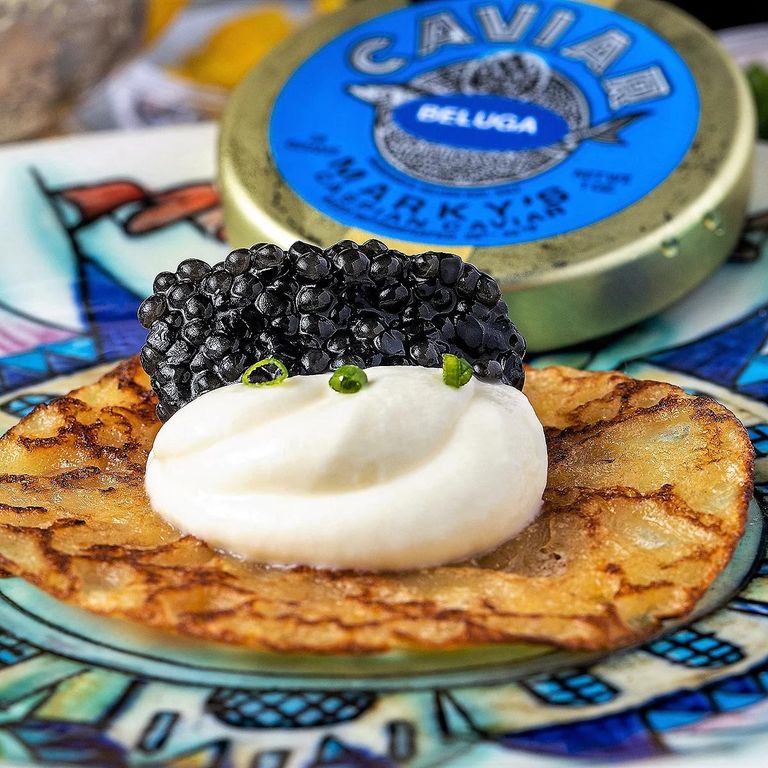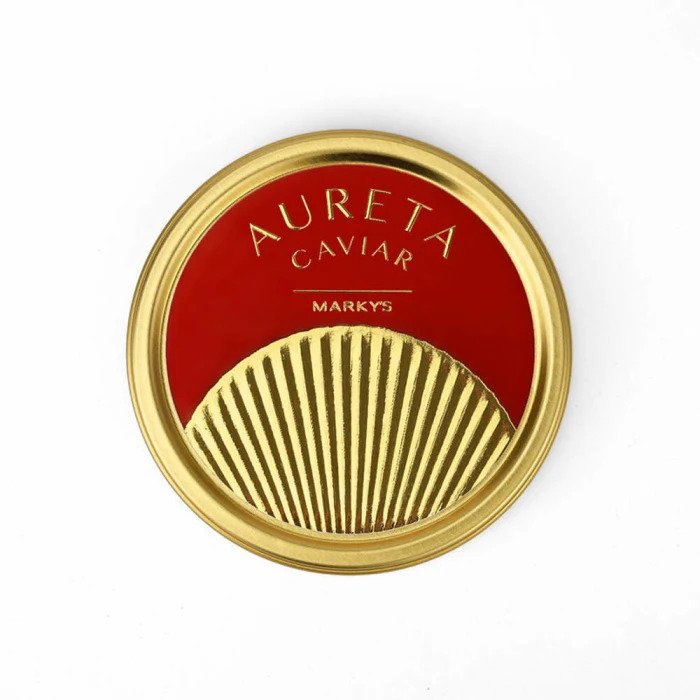Understanding the Nuances of Prosciutto di Parma vs. Prosciutto di San Daniele
Category : Food Stories, Party Ideas, Recipes, Press Room |
Posted : Sep 5, 2024
Introduction
In the grand tapestry of Italian cuisine, two delicacies stand out for their unparalleled taste and rich cultural heritage—Prosciutto di Parma and Prosciutto di San Daniele. These Italian cured meats are more than just gastronomic delights; they are symbols of tradition, craftsmanship, and regional pride. But what makes them different, and why should every food enthusiast know about them? Join me as we unravel the nuances that distinguish these two icons of Italian charcuterie and why they deserve a special place on your culinary exploration list.
Geographical Indications and Terroir

Understanding the distinct character of Prosciutto di Parma and Prosciutto di San Daniele begins with their geographical origins. Prosciutto di Parma hails from the Emilia-Romagna region, specifically the town of Parma. This area is renowned for its rolling hills and mild climate, which create the perfect conditions for curing ham. In contrast, Prosciutto di San Daniele originates from the Friuli-Venezia Giulia region. The unique microclimate here, influenced by the Alps and the Adriatic Sea, imparts a signature flavor to the ham.
The terroir, or the interaction of climate and geography, plays a crucial role in developing the flavors of both hams. The breezy, humid air in Parma aids in the natural curing process, while the cooler, drier conditions in San Daniele contribute to a firmer texture. This regional diversity results in prosciutto that reflects the land's character, making each bite a sensory trip across Italy.
Production Process
The art of producing these hams begins with selecting the finest pigs, ensuring high quality from the start. In both regions, the pigs must be of specific breeds, primarily Large White, Landrace, and Duroc, known for their succulent meat.
Salting is the next step, where the process diverges slightly. In Parma, the ham is rubbed with sea salt, left to rest, and then washed and aged. This method enhances the natural sweetness of the meat. San Daniele takes a similar approach but employs less salt, allowing the ham's natural flavors to shine through more prominently.
The length of curing varies, significantly affecting the flavor profile. Prosciutto di Parma requires at least 12 months of curing, while San Daniele prides itself on a slightly longer process, typically around 16 months. This meticulous ageing process is what transforms raw pork into a masterpiece of flavor and texture.
Flavor, Aroma, and Texture
When it comes to taste, Prosciutto di Parma is celebrated for its delicate, nutty flavor with a hint of sweetness. Its aroma is subtle yet inviting, a testament to the careful balance of salt and natural curing. Prosciutto di San Daniele, on the other hand, offers a more pronounced sweet-salty contrast, with a slightly denser texture and a richer, more intense aroma.
The sensory experience of tasting these hams highlights their differences. Parma's prosciutto melts in your mouth, with layers of flavor unfolding gradually. San Daniele's version, with its firmer bite, leaves a lingering savory-sweet aftertaste that beckons for another slice. These textural differences influence how each ham can be used in culinary creations, from draping over fresh fruits to enhancing rich pastas.
Nutritional Value
For those mindful of their nutritional intake, understanding the differences in protein, fat, and salt content between these hams is essential. Prosciutto di Parma is generally lower in fat, making it a leaner option for health-conscious gourmets. It is rich in protein, providing a satisfying meal or snack option.
Prosciutto di San Daniele, while slightly higher in fat, offers a balanced nutritional profile. Both types of prosciutto are excellent sources of essential nutrients like zinc and vitamin B, contributing to overall well-being. However, moderation is key, as both varieties contain significant levels of sodium due to the curing process.
Culinary Uses
The versatility of Prosciutto di Parma and Prosciutto di San Daniele extends beyond antipasti platters. Prosciutto di Parma pairs beautifully with melon or figs, creating a classic Italian starter that balances savory and sweet. It also complements creamy pasta dishes, adding a touch of sophistication to meals.
In contrast, Prosciutto di San Daniele finds its niche in more robust pairings. Its intense flavor works well with aged cheeses, such as Parmigiano-Reggiano, and pairs exquisitely with sparkling wines. This versatility allows culinary explorers to experiment and create innovative dishes that highlight the unique qualities of each ham.
Historical Significance and Tradition
The historical roots of these hams are deeply embedded in Italian culture. Prosciutto di Parma's legacy dates back to Roman times, where it was a delicacy served at feasts. Its production has been carefully refined over centuries, maintaining traditional methods that honor its storied past.
Similarly, Prosciutto di San Daniele boasts a proud heritage, with its origins tracing back to the Celts. The town of San Daniele even holds an annual festival celebrating its famed ham, drawing visitors from around the world. These traditions and celebrations speak to the hams' cultural significance and the pride of the communities that produce them.
Global Recognition and Market Presence
Both Prosciutto di Parma and Prosciutto di San Daniele have garnered international acclaim, becoming symbols of Italian culinary excellence. Their distinct flavors and artisanal production methods have captivated the global market, with demand consistently on the rise.
These hams are protected by the European Union's PDO (Protected Designation of Origin) status, ensuring authenticity and preserving traditional techniques. This recognition not only elevates their status on the world stage but also supports the local economies of their respective regions, allowing these time-honored traditions to thrive.
Culinary Creations with Prosciutto
Recipe 1: Prosciutto di Parma Wrapped Melon

Ingredients:
- Thin slices of Prosciutto di Parma
- Ripe cantaloupe melon
- Fresh basil leaves
Instructions:
- Slice the cantaloupe melon into wedges.
- Wrap each wedge with a slice of Prosciutto di Parma.
- Garnish with fresh basil leaves.
- Serve chilled, accompanied by a glass of Prosecco.
Recipe 2: Prosciutto di San Daniele and Fig Crostini

Ingredients:
- Thin slices of Prosciutto di San Daniele
- Fresh figs, sliced
- Crusty baguette
- Soft goat cheese
Instructions:
- Slice the baguette and toast until golden.
- Spread a layer of goat cheese on each toast.
- Top with a slice of Prosciutto di San Daniele and a fig slice.
- Drizzle with honey for a touch of sweetness.
Conclusion
In the world of Italian cured meats, Prosciutto di Parma and Prosciutto di San Daniele stand as paragons of culinary artistry. Their unique flavors, rich histories, and versatile uses make them a must-try for any food enthusiast. Whether enjoyed on their own or as part of a creative dish, these hams offer a taste of Italy's culinary heritage.
For those eager to explore more, consider visiting Marky's Deli for a curated selection of premium cured meats, including both Prosciutto di Parma and Prosciutto di San Daniele. Embark on your own culinary adventure and discover the magic of these Italian treasures.













